Using succinic acid for tomatoes
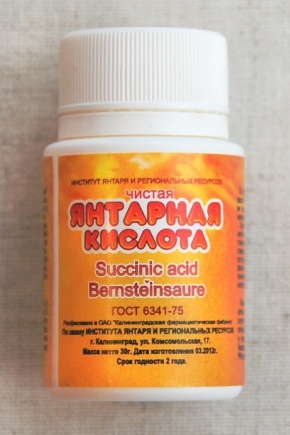
Succinic acid is an agent that accelerates the growth of seedlings and improves the composition of the soil. With its help, you can soak seeds and spray the plant. The drug is an organic compound. Pharmacy biostimulant is produced in all living organisms.
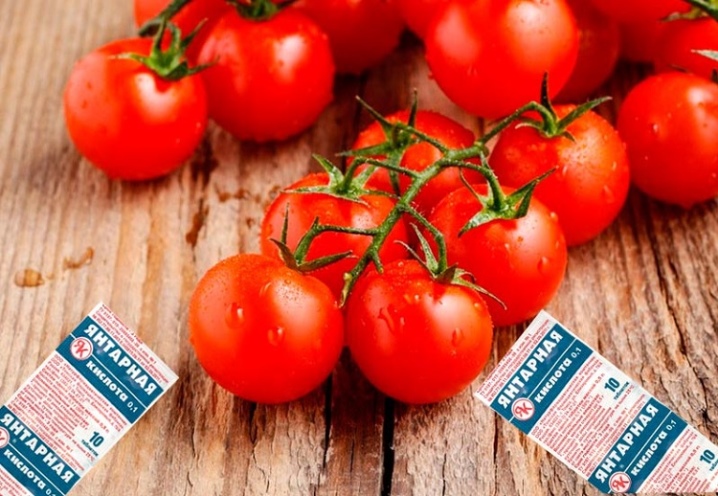
Benefit and harm
Gardeners note the following positive points when using succinic acid for plants.
- Tomatoes on treated plants ripen much faster.
- Succinic acid increases yields and improves metabolism.
- The solution promotes tissue energy saturation.
- Pests and various diseases are dangerous for tomatoes. Thanks to spraying, an increase in immunity can be achieved. Therefore, succinic acid is recommended for prophylactic purposes. In this way, late blight, which affects the plant, can be avoided.
- The future harvest depends on the survival rate of tomatoes to new conditions. Processing allows the plant to adapt faster. Therefore, the tool is used during transplantation in a greenhouse or on open beds.
- Pathogens can enter through cracks. The acid stimulates the regeneration of damaged cells.
- The organic compound helps to improve the composition of the soil. However, one must remember that succinic acid is just a biostimulant. It contains no trace elements that are needed for the growth of tomatoes.
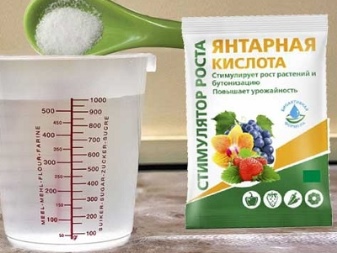
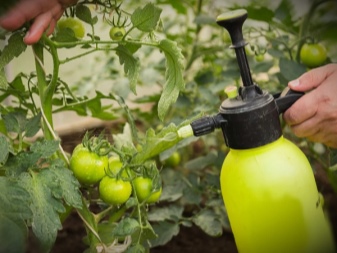
Important! To achieve positive results, succinic acid is used in conjunction with other nutritional formulations. This technology makes it possible to achieve higher yields.
There are several additional benefits:
- the agent enhances the processes of chlorophyll synthesis;
- succinic acid helps to increase resistance to adverse conditions;
- gardeners note the strengthening of the root system;
- the solution increases the digestibility of trace elements;
- the drug helps to reduce the level of nitrates in the soil.


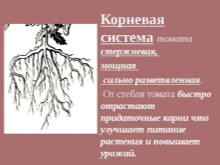
The disadvantages of succinic acid are as follows.
- The finished solution is stored for no more than 5 days. After that, the drug loses its properties. Therefore, you need to prepare top dressing just before use.
- There is a risk of exceeding the concentration of the drug. As a result, an increase in soil acidity may occur. Do not spray the succinic acid solution uncontrollably. To restore the acidity of the soil, you can use dolomite flour or ash.
There are other restrictions on the use of the product. The finished solution is free of potassium, nitrogen and phosphorus. The lack of these trace elements leads to a decrease in yield.
Succinic acid is just a biostimulant that promotes the active growth of tomatoes.
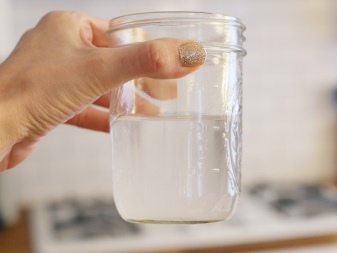
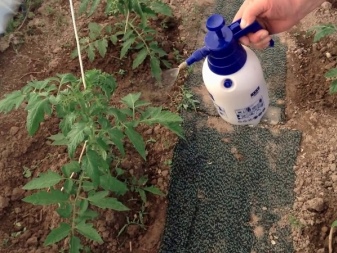
Indications and contraindications
It is recommended to use succinic acid for tomatoes in the following cases.
- For soaking planting material.
- Processing is carried out before planting in the ground.
- The tool helps to cope with harmful microorganisms. To get the result, you need to use the drug along with pesticides.
- The solution is used for spraying to speed up the process of growing green mass.
- The acid helps to strengthen the root system of tomatoes.
- Succinic acid for tomatoes is especially important during the growing season. The drug allows you to increase the yield of tomatoes.
- The funds are used not only during flowering. With the help of acid, you can increase the percentage of seed germination.
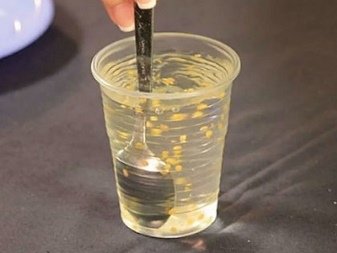

During the growing season, it is recommended to spray the composition once a week. To achieve good fruiting, you need to dilute the acid in a ratio of 1 g to 10 liters of water. Regular watering during the growing season allows you to increase the number of fruits that are on the bush.
It is recommended to treat the surfaces of the leaves and water the root system abundantly. Thanks to the dietary supplement, oxygen exchange in plants can be controlled. Succinic acid makes it possible to shorten the time for fruit formation. With its help, it is possible to increase resistance to stress - heat-loving plants become more resistant to frost.
The tool has practically no contraindications. It is better for gardeners to adhere to the recommendations. Exceeding the concentration of the solution can lead to strong acidification of the soil.
This will have a negative impact on the further development of tomatoes.
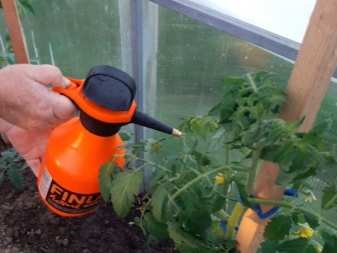

Methods for preparing solutions
Gardeners are attracted by the low price of succinic acid. Buyers should remember that the acid in the tablets is just an adjunct. It increases the effectiveness of other drugs and fertilizers.
In the process of preparing the product, you must adhere to the following instructions.
- After dissolving the acid, no solid lumps should remain. The powder or tablet should first be dissolved in warm water.
- The grower must be proportioned.
- To avoid mistakes, please read the information on the packaging carefully. Manufacturers often indicate the weight of the tablet, not the active ingredient. This is confusing to many people.
The acid can be supplied in powder form. In this case, it is necessary to dilute 1 g of the substance in a liter of warm water. Make sure the crystals are completely dissolved.
After that, the liquid must be brought to a certain volume, which depends on the purpose of the treatment.
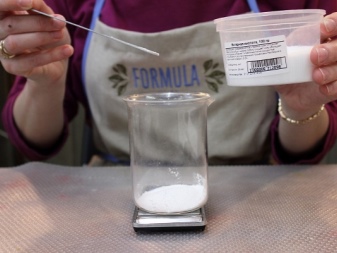

There are several options for preparing a solution for processing tomatoes. To prepare the seeds, use a liquid that contains 2% acid. For this purpose, you need to add 2 g of the substance to 50 ml of heated water. The volume of the finished solution should be 2 liters. Moreover, the concentration does not depend on the form of the substance. The powder may contain a different content of active elements.
Particular attention should be paid to the processing of the tomato root system. The solution should be at a lower concentration. To prepare the mixture, you will need the following components:
- 2 g of succinic acid (10 tablets);
- 20 liters of water.
Succinic acid can be used to feed seedlings. In this case, the concentration will have to be reduced to 0.1%.
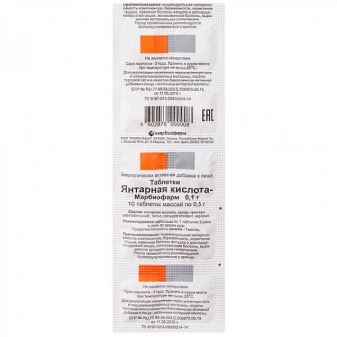
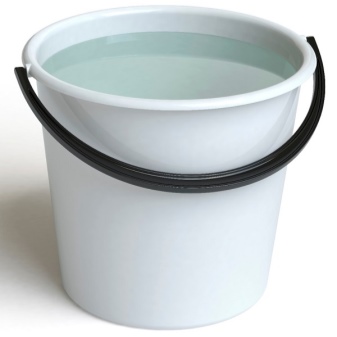
Application
After preparation, the mixture must be used within 3-5 days. Otherwise, the solution will lose its effectiveness. The reason lies in a chemical reaction that occurs during the interaction of oxygen and acid. The active ingredients begin to decompose. You can water the seedlings immediately after preparing the solution.
Do not exceed the concentration of the drug. An excess of acid can have a negative effect on the growth of tomatoes in the greenhouse. Exceeding the dosage leads to a slowdown in the process of fruit formation. In addition, soil acidification occurs.
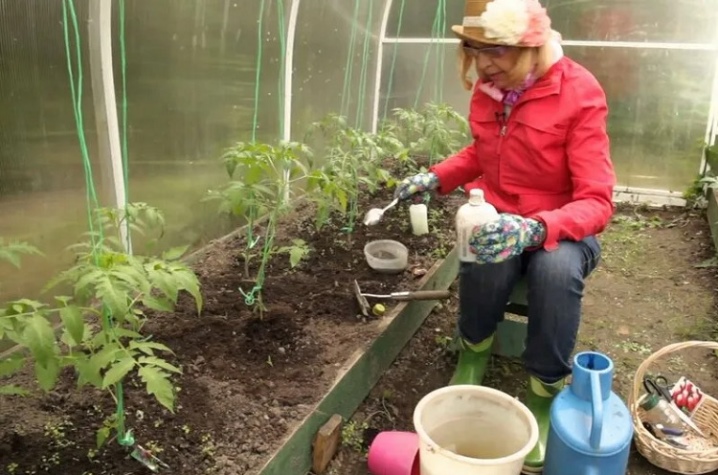
Seed soaking
Succinic acid has a beneficial effect on the germination of tomatoes. Seed material must be kept in solution for a day. After that, they should be rinsed under running water.
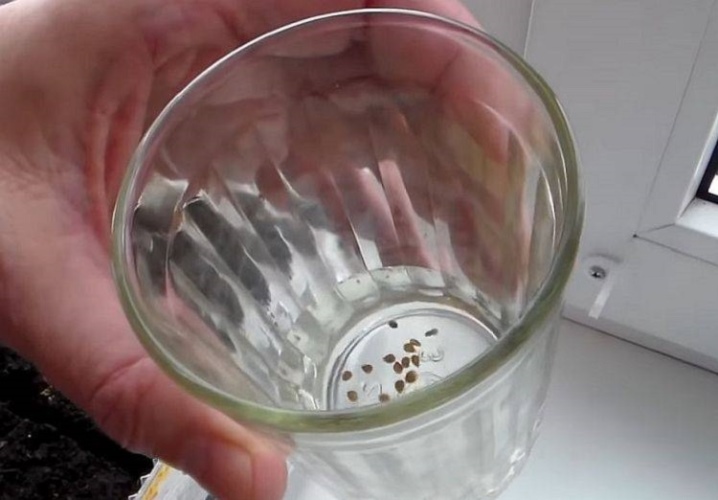
Foliar spraying
Succinic acid is used for foliar spraying. In this way, you can achieve several goals:
- to intensify the growth of seedlings;
- avoid dangerous diseases;
- acid solution helps tomatoes quickly adapt to new conditions.
The product stimulates the growth of shoots and increases the yield of tomatoes.To increase resistance to various diseases, it is recommended to use a solution with a concentration of 0.1%. The biostimulator can be used not only for seedlings. There is a possibility of spraying with a sprayer. In this case, you can get rid of phytophthora.
The method allows to achieve an increase in the growth rate of new leaves and shoots. The procedure is best done a few days before flowering. Succinic acid is used for ovaries that begin to form during this period.
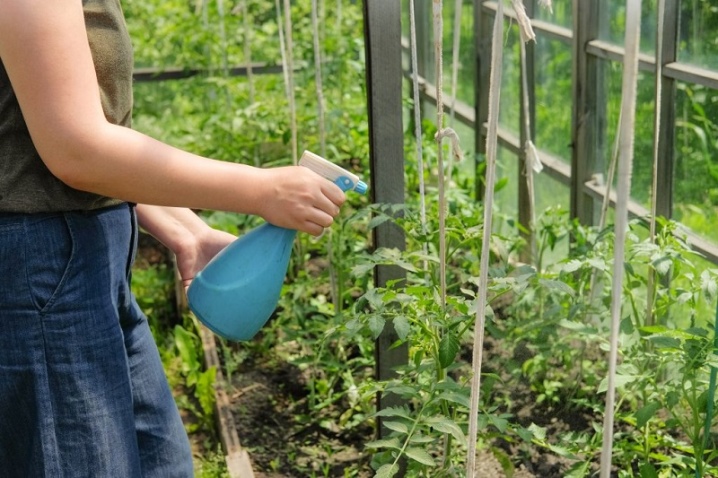
Processing is recommended in the morning or evening hours. After rinsing the roots, the plant is placed in a container in which the working solution is located. The slightest violation can lead to root rot and death of tomatoes. For quick rooting of seedlings, it is necessary to soak the tomato shoots for about 3 hours.
The advantage of succinic acid is the ability to neutralize nitrites that are present in the soil. Examine carefully the root system, which can be easily damaged during transplanting into the open ground.
To restore the roots, it is recommended to soak the seedlings for 2-3 hours in a solution of succinic acid. This method allows tomatoes to recover faster. The most difficult thing is the adaptation of plants under unfavorable conditions. Surface irrigation helps to improve the growth of leaves and shoots after a drought.
Important! Tomatoes should be sprayed with succinic acid solution 2-3 times a week.
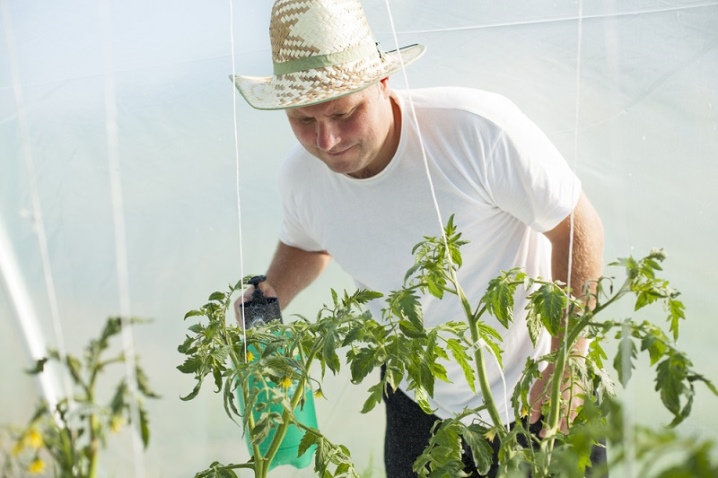
The product can cause serious harm to tomatoes. Therefore, do not rush to spray the succinic acid solution right away. Diseased plants need to be treated with pesticides. Most often, tomatoes are affected by fungal and bacterial infections. The appearance of brown spots on the leaves and stems indicates the development of late blight.
Thanks to the drug, you can help the plant in the fight against pests. To cope with fungal infections, a holistic approach is recommended. Pesticides destroy pathogens that slow down the growth of tomatoes. With their help, you can cope with the spores of pathogenic microorganisms. Thanks to the combined use of pesticides and succinic acid, positive results can be achieved.
The active ingredient is absorbed almost instantly by the leaves. The optimal concentration of the solution is 1 g per 10 liters. In sunny weather, it is enough to carry out 1-2 sprays per season. In this way, you can perform sheet processing.
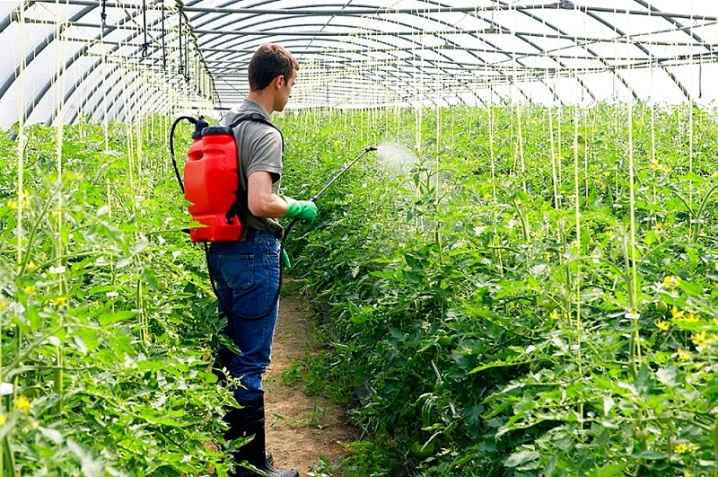
Watering the roots
To stimulate the root system of tomatoes, it is necessary to saturate the soil to a depth of 0.15-0.3 m. It is recommended to repeat the procedure after 7 days. In the process of transplanting, the roots of the seedlings are soaked for 30-60 minutes. Seedlings are watered with a watering can with a thin stream. The ideal time for root feeding is the budding stage. Water the tomatoes about 3 times within 2 weeks.
Tomatoes can be propagated not only by seeds, but also vegetatively. For rooting stepchildren, it is necessary to use a weakly concentrated solution of succinic acid (0.1 g per liter). With regular processing, the stress resistance of tomatoes increases, and the green mass grows. To prepare the solution, you will need 10 liters of water and 10 tablets, which contain 0.1 g of the active ingredient.
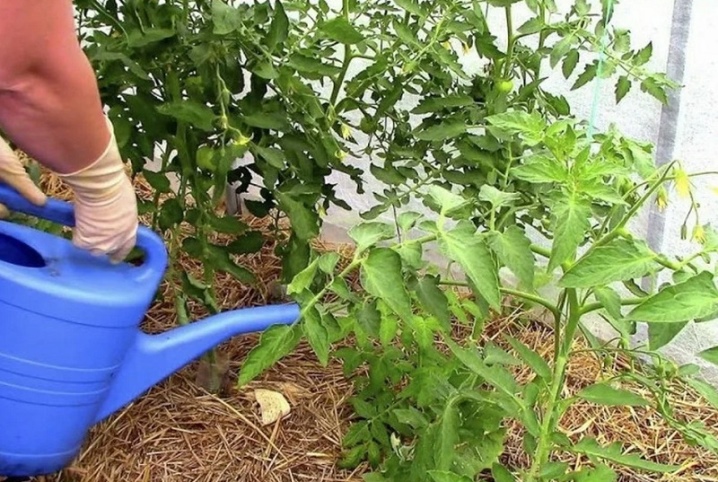
Indications for feeding tomato seedlings with a solution of succinic acid include:
- wilting of leaves;
- lack of light;
- retardation of seedlings in development.
The slowdown in the process of fruit formation may be due to improper preparation of the substrate.
It is recommended to fertilize the soil with compounds rich in nitrogen and phosphorus.
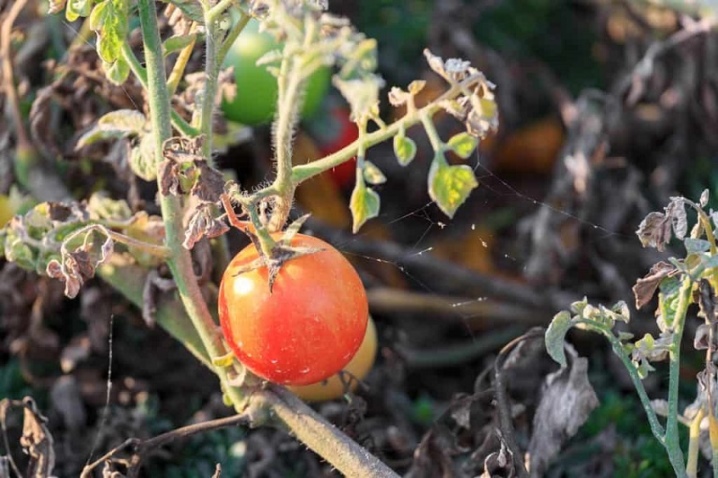
When caring for seedlings, only the soil needs to be moistened. Growers often buy their seedlings from the market. Plants may wither during transportation. After removing the roots of tomatoes from the containers, several problems arise:
- damage to plants has occurred;
- the roots have turned black;
- the leaves have dried up.
You can revive seedlings as follows:
- the plants are laid out in a tray;
- after that, the seedlings must be watered with a solution of succinic acid and immediately planted in the ground.
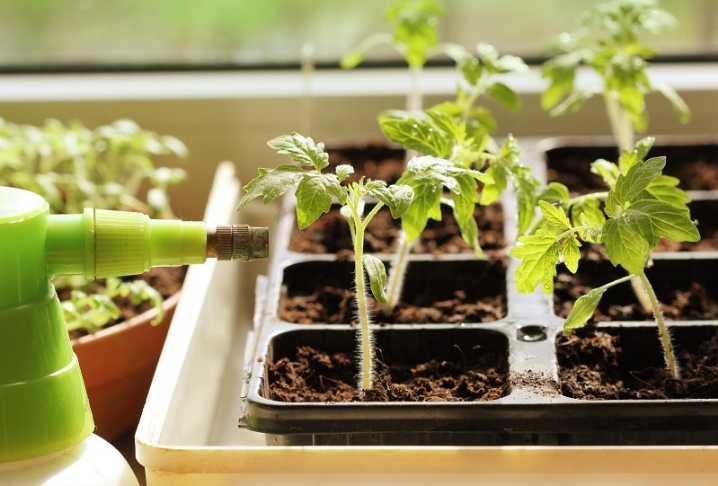
Precautionary measures
- Experienced gardeners recommend avoiding skin contact with succinic acid. Particular attention should be paid to mucous membranes. Gloves and goggles should be worn before preparing the solution.
- If the solution comes into contact with open areas, it is necessary to wash off the acid with running water.
Common mistakes when using
- Exceeding the concentration of the solution can cause negative consequences.
- Do not water the tomatoes too often, as this can lead to acidification of the soil. In this case, lime or ash will have to be added.
- Often, beginners do not know how to deal with fungal diseases. Do not immediately water the seedlings with succinic acid. This method will be ineffective. To destroy pathogenic microorganisms, you need to immediately treat tomatoes with pesticides.
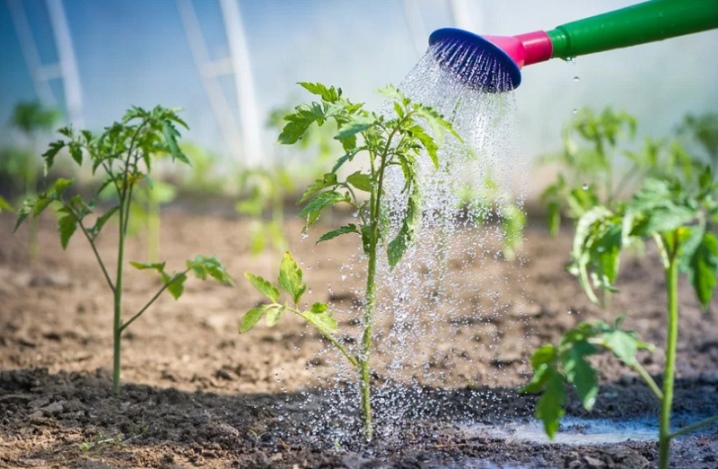
With the correct use of the drug, it is necessary to take into account the main point - the solution in a closed container should be stored for no more than 3 days. Upon contact with air, the acid decomposes into components. In this case, the effectiveness of the tool is lost.
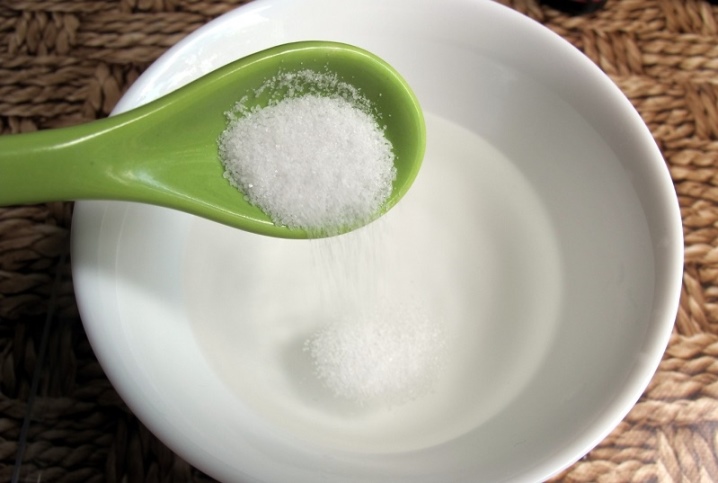













The comment was sent successfully.